Why You Should Start Investing from Your First Salary – A Complete Guide

By

Wealth creation operates on the simple principle of compounding. The earlier you start investing, the longer your investments and the earnings on those investments compound. Over the long run, time works in favor of the investor, rather than market timing. Investing from your first salary itself ensures that your money starts working for you early, giving you an edge in accumulating wealth.
Another critical reason to start investing early is that long-term investing success is based on discipline and consistency. How you allocate your assets and invest continuously is vital to making investing a lifelong habit. Early investment discipline helps you cultivate financial responsibility and a structured approach to wealth creation.
Despite the benefits, many young earners face challenges in starting their investment journey. Some common hurdles include:
Financial Priorities: Most individuals prioritize buying insurance, repaying loans, and managing living expenses over investing. While these are essential for financial security, they should not completely overshadow investments.
Lack of Knowledge: Young professionals may not have sufficient knowledge of financial markets, leading to delays in starting their investment journey.
Fear of Risk: The perception that investing is risky can deter individuals from exploring investment options.
Spending Habits: Overspending and lifestyle inflation can consume a large portion of the salary, leaving little for investments.
The key to overcoming these obstacles lies in discipline and budgeting. The best approach is to set a fixed percentage of income for investments and adjust expenses accordingly. Creating a budget and eliminating unnecessary expenditures can free up money for investments. Additionally, starting with small investments and gradually increasing contributions can help build confidence and consistency.
For entrepreneurs, investing can be more challenging due to irregular cash flows and the need to reinvest in the business. Many startups operate at a loss for the first few years, making investment planning difficult. However, discipline remains the key.
Start Small: Even if cash flow is unpredictable, setting aside a small amount for investments ensures financial discipline.
Use Lump Sum Investments: Entrepreneurs can invest whenever they receive significant inflows rather than committing to fixed amounts every month.
Opt for Flexible Investment Plans: Investment options like liquid mutual funds, ultra-short-term debt funds, and systematic transfer plans (STPs) can provide liquidity while earning returns.
Build a Contingency Fund: Before aggressive investing, ensure that a sufficient emergency fund is in place to manage business uncertainties.
The primary goal of early investments should be growth rather than stability. When you are young, you have a higher risk appetite, and time is on your side. This phase should be utilized to invest in growth-oriented assets to maximize wealth accumulation over time.
Focus on equity funds, index funds, and growth-oriented mutual funds for long-term wealth creation.
Avoid ultra-safe assets like fixed deposits or low-return instruments at the beginning, as they may not keep pace with inflation.
Penny stocks, credit risk funds, and speculative investments should be avoided, as they can be highly volatile and risky.
Stability-focused investments should be incorporated later in life when financial responsibilities increase.
Growth assets can be categorized into two types: core investments and satellite investments.
Index Funds & ETFs: Passive investing in large-cap and diversified index funds ensures long-term wealth accumulation with lower costs.
Diversified Equity Mutual Funds: Actively managed funds provide diversification and potential for high returns.
Multi-cap & Flexi-cap Funds: Ideal for balanced exposure across various market segments.
REITs (Real Estate Investment Trusts): A good option when real estate prices are expected to appreciate.
Debt Funds: Suitable during falling interest rate cycles for capital appreciation.
Sectoral or Thematic Funds: For those willing to take calculated risks in specific industries.
While direct stock investing is an excellent way to participate in equity markets, it is not ideal for beginners. Here’s why:
Lack of Diversification: Unlike mutual funds, direct stock investments require thorough research and sector knowledge.
Market Volatility: Individual stocks can be highly volatile, and beginners may panic during market downturns.
Emotional Trading: Without experience, beginners often buy and sell based on emotions rather than strategy.
Start with Index Funds or ETFs: They provide market-linked returns with lower risk than individual stocks.
Move to Actively Managed Equity Funds: Diversified mutual funds managed by experts can help in wealth creation.
Consider Stocks After Gaining Experience: Once you understand the market, you can explore direct stock investing cautiously.
Starting investments from your first salary is a crucial step toward financial independence and long-term wealth creation. While hurdles exist, they can be managed with discipline, financial planning, and a strategic approach. Prioritizing growth-oriented assets, maintaining consistency, and gradually increasing investment contributions can significantly impact your financial future.
By adopting these strategies, you set yourself on the path to early financial success, stability, and wealth accumulation.
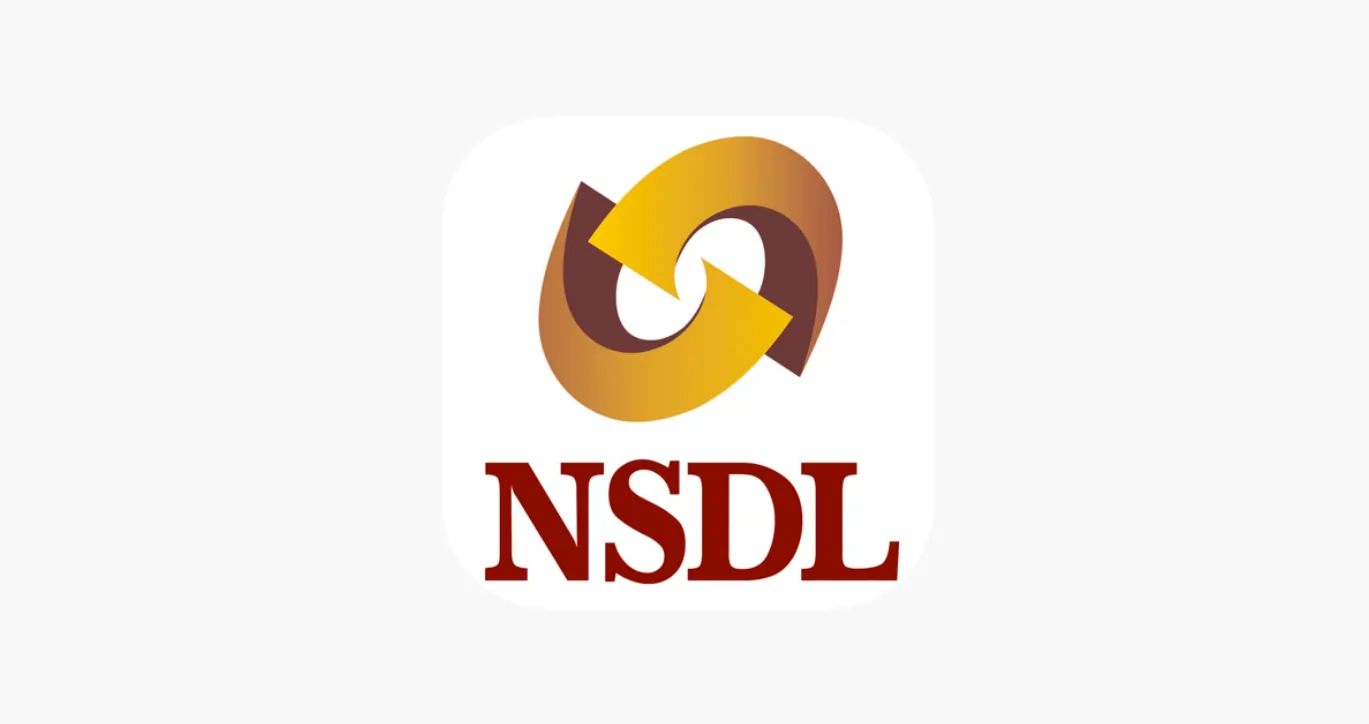
Learn how to easily download your NSDL CAS Statement in PDF format with our step-by-step guide. Follow our instructions to log in to NSDL e-Services, download your account statement, and subscribe for
Read Full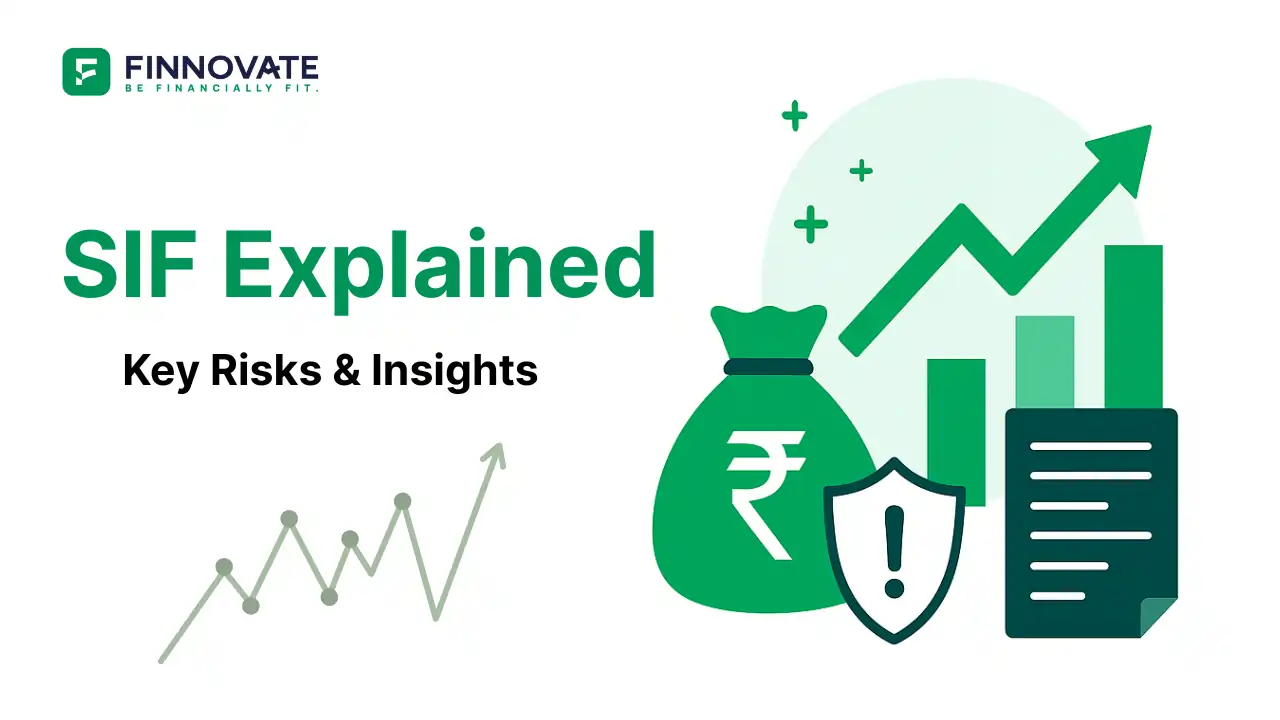
Explore what Specialised Investment Funds (SIFs) are, their benefits, taxation, minimum investment, how to invest, how they compare with mutual funds and PMS and latest developments in SIF space
Read Full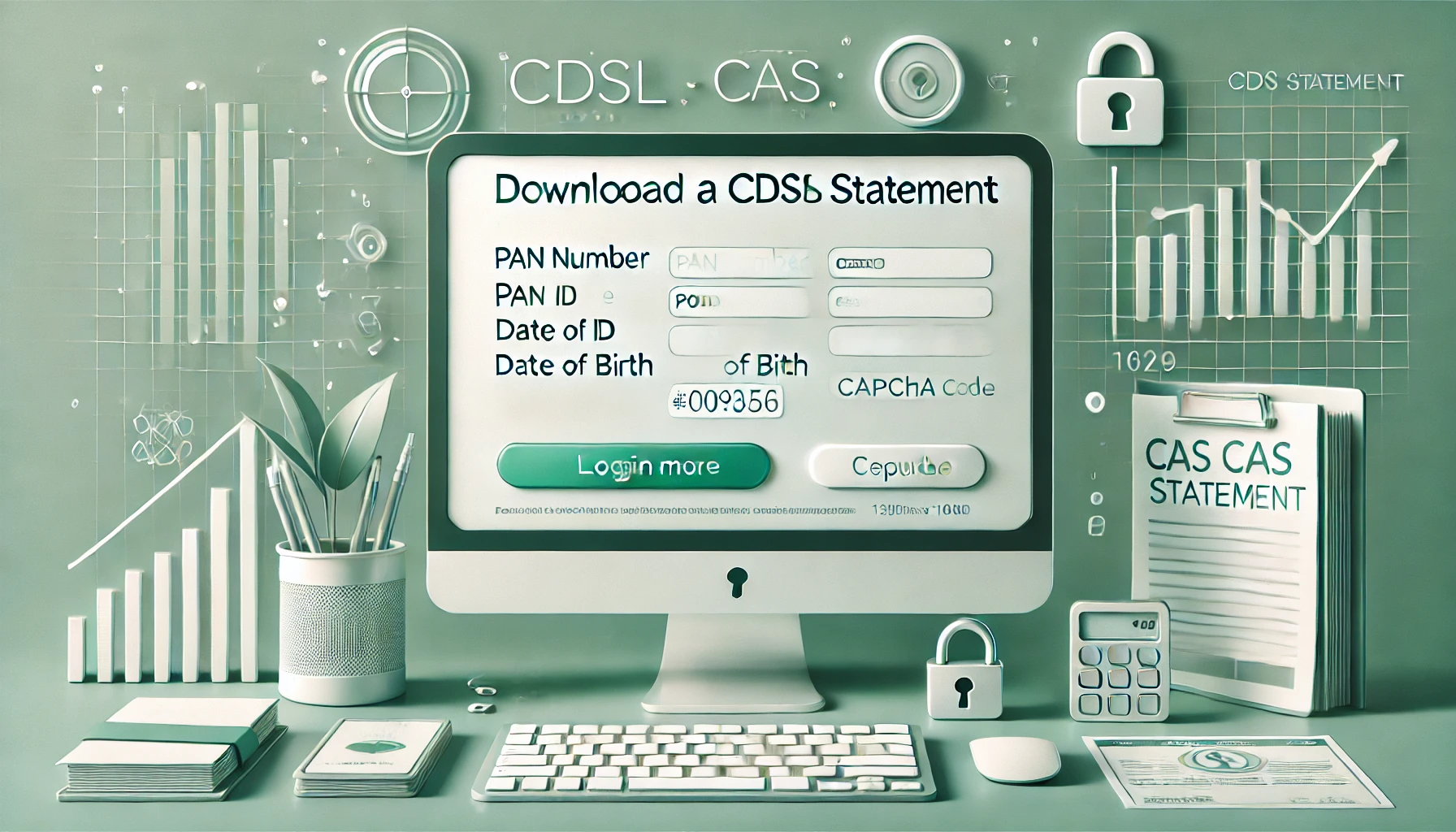
Learn How to Download Your CDSL CAS Statement with our step-by-step guide. Easy instructions for accessing your investment details online.
Read Full
Analyzing the potential economic impact of the 2025 India-Pakistan conflict on India's GDP growth, manufacturing sector, and foreign investment.
Read Full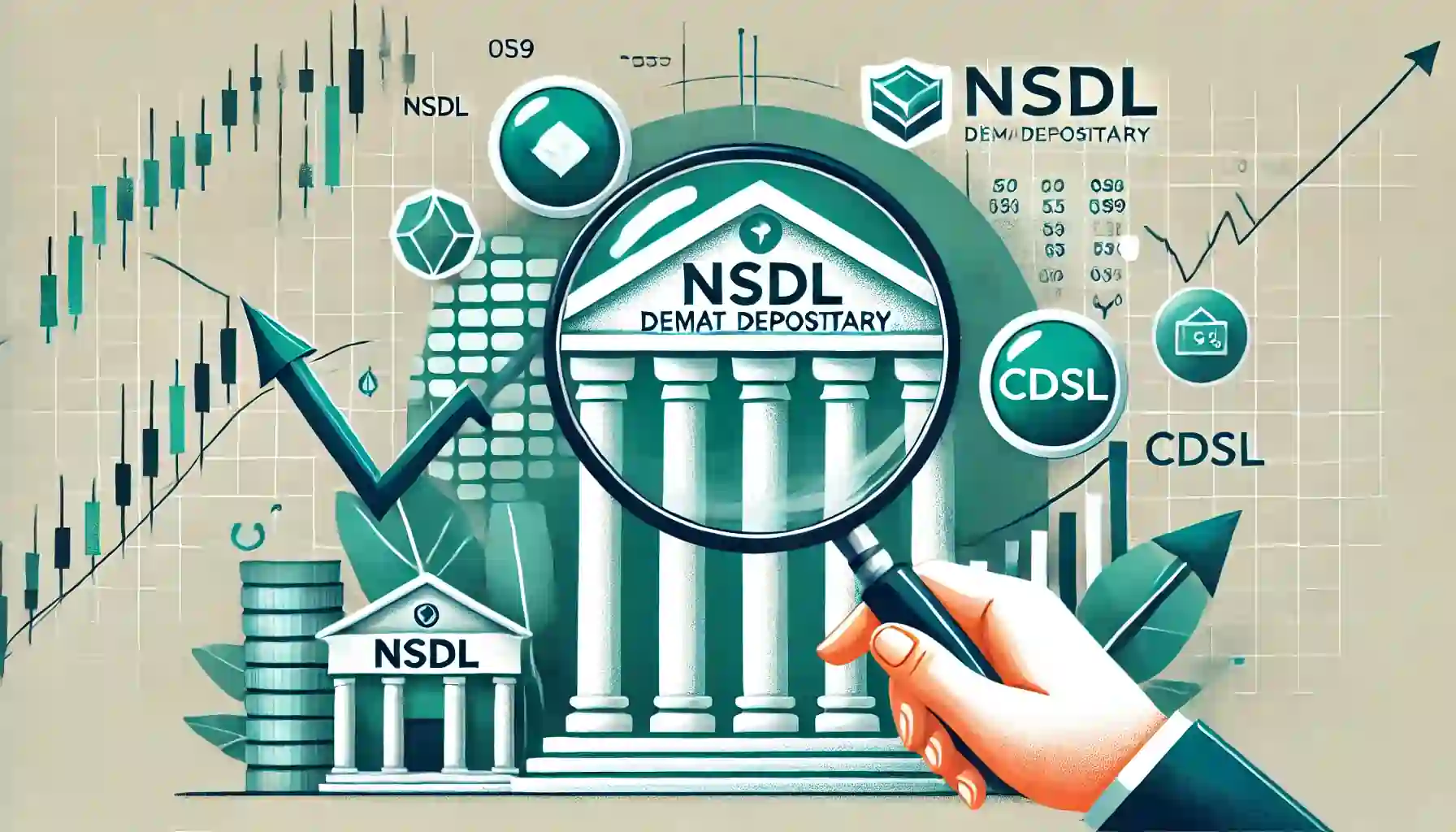
Determine if your Demat Depositary (DP) is NSDL or CDSL easily. Follow our guide to check using broking platforms or Demat account number formats
Read Full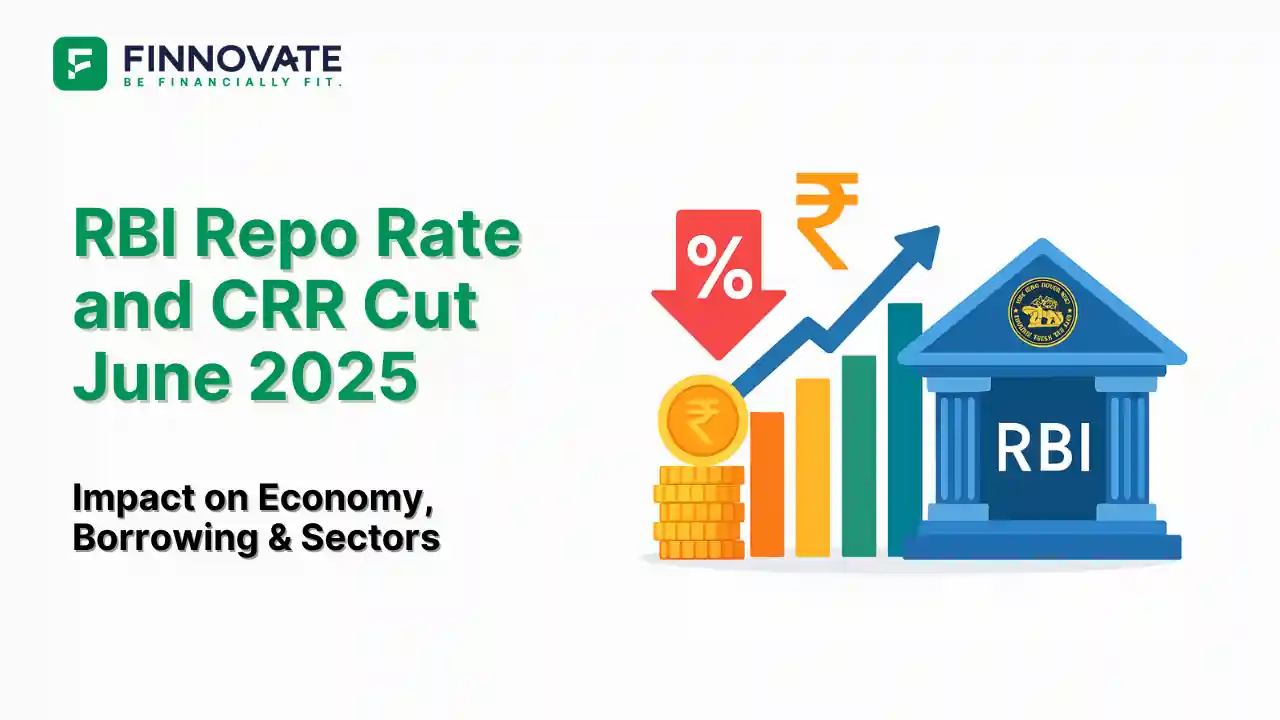
RBI cuts repo rate by 50 bps and CRR by 100 bps in June 2025 to boost growth. Learn how it impacts inflation, borrowing, sectors, and market trends.
Read Full
Looking for the best financial freedom books? Here’s a handpicked 2025 reading list with summaries, why to read, and who it's best for.
Read Full
Discover key facts about Ola Electric IPO launching in 2024. Simple guide covering business, financials and investment potential.
Read Full